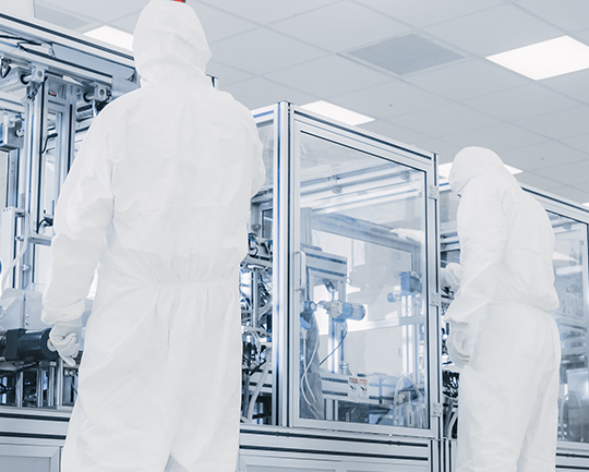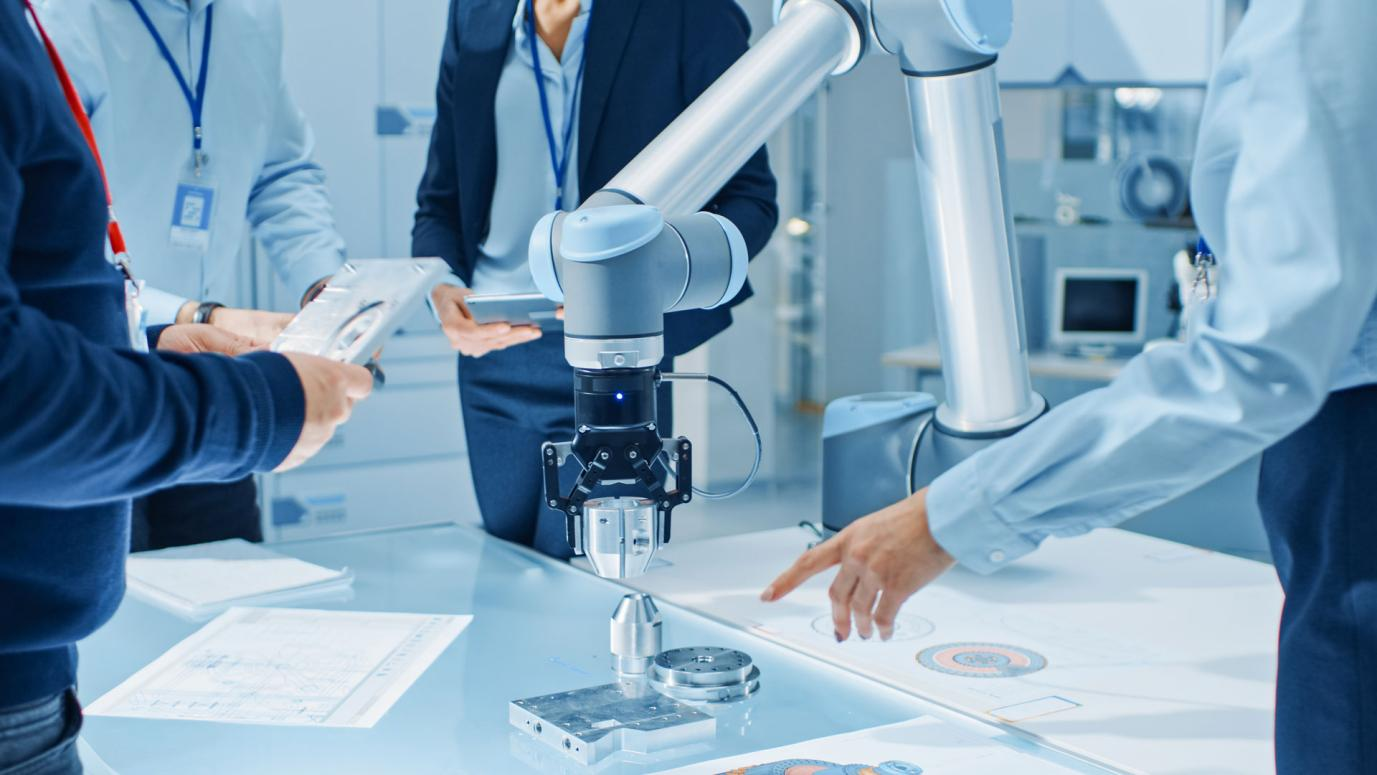
Expert Insights
One thing that's a cornerstone in our medical device industry is visual inspection. It makes sure the patient is safe and the product integrity is maintained. The FDA often has issued strict warnings for noncompliance during its inspections. For example, in 2024, the FDA criticized the lack of action in response to defects found during the manual inspection of finished products and materials.
Manufacturers have to develop powerful visual inspection processes in order to fulfill the strict criteria of the FDA and international standards like ASTM E3263 and 9712. In this article, we will outline the importance of visual inspection equipment in medical device manufacturing and quality control.

What is the Role of Medical Visual Inspection Equipment?
The central role of visual inspection equipment is to control the quality of medical devices. Its sole purpose and function is to detect the anomalies that are otherwise not detected by human eyes. It may include micro scratches, irregular coatings, foreign particles, and incorrect labeling.
Automatic visual inspection machines detect errors in large batches of products. The outcomes of these machines are fast results and precision. As a result, there are:
● Maintenance of regulatory compliance
● Reduced recall risks
● Brand reputation protection
Overview of Main Components & Working Principles
Visual inspection systems may seem technically advanced, but they are built around a few fundamental and well-coordinated components. At the heart of these systems, we typically find a few key parts working together to carry out inspections efficiently and accurately.
1. Lighting Unit
First, there’s the lighting system, which is more important than it might seem. Good lighting makes it easier to highlight even the tiniest imperfections, things that the human eye might miss under normal factory lights. Depending on what’s being inspected, the system might use backlighting, ring lighting, or even infrared to reveal defects.
2. High-resolution Cameras
Next, high-resolution cameras capture detailed images of each product, often at high speed as items move along the production line. These cameras are essentially the “eyes” of the system, picking up on surface flaws, size discrepancies, or assembly issues.
3. Image Processing Software
Once the images are captured, image processing software kicks in. This software acts as the brain of the system. It compares the live images to preset standards or ideal models, looking for anything that doesn’t belong—like a crack, a speck of contamination, or a wrong dimension.
4. Mechanical System
Finally, there’s the mechanical handling system. It moves or rotates each product to ensure that all relevant surfaces are checked. If a defect is detected, the system can automatically remove that item from the production line to prevent it from reaching the next stage, or worse, the end customer.

Typical Applications in Medical Device Manufacturing
Visual inspection equipment is used across a wide range of medical product types, including:
● Syringes and IV sets: Ensuring correct assembly and identifying micro-cracks or loose components.
● Needles and surgical tools: Checking for surface defects, corrosion, or improper shape.
● Implants and prosthetics: Verifying dimensional accuracy and surface finish.
● Medical packaging: Inspecting seal integrity, correct labeling, and barcodes.
● Diagnostic strips and test kits: Confirming alignment, pattern consistency, and color indicators.
These tasks are important not only for product quality but also for maintaining hygiene standards and regulatory compliance. With non-destructive testing methods, manufacturers can inspect items without damaging or altering them, which is especially important for sensitive or sterile products.
Explore More: Unlocking Automation in Healthcare: 6 Core Dimensions
Key Considerations When Selecting Visual Inspection Equipment
When medical manufacturers select visual inspection equipment, several key factors must be considered:
1. Product Types and Specifications
Different medical devices have unique sizes, shapes, and materials. A suitable inspection system must be adaptable to inspect various product geometries and materials, whether transparent plastics or reflective metals.
2. Detection Accuracy Requirements
Medical products often require precision testing at the micron level. High-resolution cameras and advanced software are necessary for precision test solutions that can detect defects as small as 10 microns or less.
3. Production Speed and Automation Level
For high-volume manufacturers, inspection must be fast and seamless. An automatic visual inspection machine is ideal for integrating into production lines where thousands of units are processed per hour. Meanwhile, smaller manufacturers may prioritize flexible systems for custom, small-batch inspection.
4. Software Intelligence and Ease of Operation
User-friendly interfaces and intelligent image recognition software reduce the training needed and speed up system setup. Software that allows customization of inspection parameters also ensures better adaptability across different product types.
5. After-Sales Service and Support
Reliable technical support, timely maintenance, and system upgrades are essential. A trusted visual inspection equipment provider should offer strong after-sales service, remote diagnostics, and routine checkups.
CYG PTABG’s Precision Testing Equipment& Solutions
CYG Precision Test & Automation Business Group (CYG PTABG) combines intelligent technology with industry-specific knowledge to offer precision test solutions for medical device manufacturers.
CYG PTABG’s medical visual inspection machine platforms are designed for high-speed, high-accuracy inspection of syringes, catheters, medical containers, and more. Our solutions support both non-destructive testing and advanced visual detection, helping clients reduce waste and enhance quality control.
Moreover, CYG PTABG’s systems are built for flexibility, which makes us suitable for both high-volume lines and customized operations. With a focus on precision testing, software intelligence, and ease of integration, CYG’s equipment helps manufacturers improve production efficiency and meet international standards.
In addition to hardware, CYG also provides training, after-sales support, system customization, and software & hardware upgrades to meet client-specific needs.
Conclusion
When selecting visual inspection equipment, companies should look for a solution that balances precision, speed, software capability, and service support. CYG PTABG offers a complete suite of vision inspection systems and precision test solutions that help medical companies stay competitive and compliant in a fast-evolving market.





